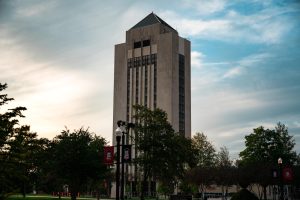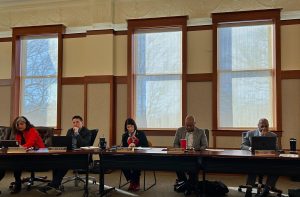Freshman Wooton ahead of his time
By Jason Watt
| February 5, 2003
Court asked to reconsider
By Nick Swedberg
| February 5, 2003
Bobby Seale seizes time at HSC
By Jeff Goluszka
| February 5, 2003
Strike not likely at NIU
By Jeff Goluszka
| February 5, 2003
Firefighters injured in training
By Libby John
| February 5, 2003
Take a test to get ideas
By Megan Rodriguez
| February 4, 2003
Hispanics become largest minority
By Jeff Goluszka
| February 4, 2003
SA complaint thrown out
By Nick Swedberg
| February 4, 2003
Winter fun in the snow and sun
By Jessica King
| February 4, 2003
Semester schedules continue to be mailed
By Sarah Rejnert
| February 4, 2003
Getting comfy in the New Orleans Room
By LaShaunna Watkins
| February 4, 2003
Students can hit the slopes on trip
By Sara Blankenheim
| February 4, 2003
Advertisement
Advertisement
Advertisement
Advertisement
Advertisement
Advertisement






